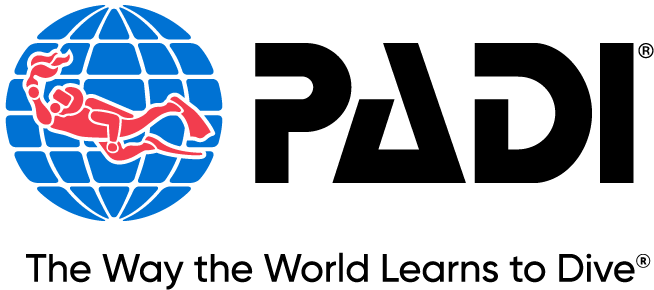
Scuba Diving: Ear Equalization Tips for Safe Descents
Scuba diving is an exhilarating way to explore the underwater world, but it also comes with unique challenges—especially when it comes to equalizing the pressure in your ears. Understanding ear equalizing is crucial for ensuring a safe and enjoyable diving experience. Let’s delve into what ear equalization is, why it’s important for divers, and effective techniques to master it.
What is Ear Equalization?
Ear equalization is the process of balancing the pressure in your inner ear with the external water pressure as you descend underwater. As you dive, water pressure increases, which can cause discomfort or even pain in your ears if the pressure isn’t equalized. This discomfort arises because the air in your middle ear is subject to the increasing pressure, leading to a pressure difference that must be corrected.
Why is Ear Equalization Important for Divers?
- Preventing Barotrauma: Failure to equalize properly can lead to barotrauma, a condition where the eardrum is damaged due to pressure differences. This can result in severe pain, hearing loss, or even serious injuries.
- Comfort: Proper equalization enhances your overall diving experience. Avoiding pressure-related discomfort allows you to focus on the beauty of the underwater environment.
- Safety: Quick and effective equalization helps prevent the urge to ascend prematurely, which can lead to accidents or decompression sickness.
Techniques for Effective Ear Equalization
Here are some popular techniques divers can use to equalize their ears:
- Valsalva Maneuver
This is the most commonly used technique:
- Pinch your nose shut.
- Take a deep breath and gently exhale while keeping your mouth closed.
- You should feel a slight popping sensation in your ears as the pressure equalizes.
- Toynbee Maneuver
This method can be easier for some divers:
- Pinch your nose shut.
- Swallow while keeping your mouth closed.
- This action helps open the Eustachian tubes, allowing air to flow into the middle ear.
- Frenzel Maneuver
This technique is often used by experienced divers:
- Pinch your nose and close your throat as if you’re about to swallow.
- Use your throat muscles to push air from your lungs into your ears without exhaling.
- Jaw Movement
Sometimes simple jaw movements can help:
- Open your mouth wide, then move your jaw from side to side.
- This can help stimulate the Eustachian tubes to open.
- Pre-Dive Equalization
Start equalizing before you even descend. Take a few moments to practice the above techniques at the surface to prepare your ears for the dive.
Tips for Successful Equalization
- Descend Slowly: Take your time during descent. This gives you more opportunity to equalize comfortably.
- Listen to Your Body: If you feel pain or discomfort, stop your descent and try to equalize. If you can’t equalize, ascend slightly until the discomfort passes.
- Stay Hydrated: Staying well-hydrated helps keep your Eustachian tubes functioning optimally.
- Avoid Congestion: If you’re feeling under the weather or congested, consider postponing your dive until you feel better.
Conclusion
Mastering ear equalization is essential for every scuba diver. It ensures not only your comfort but also your safety as you explore the depths of the ocean. By using the right techniques and being mindful of your body’s signals, you can enjoy a worry-free diving experience. So gear up, practice your equalization techniques, and dive into the underwater adventure awaiting you!


